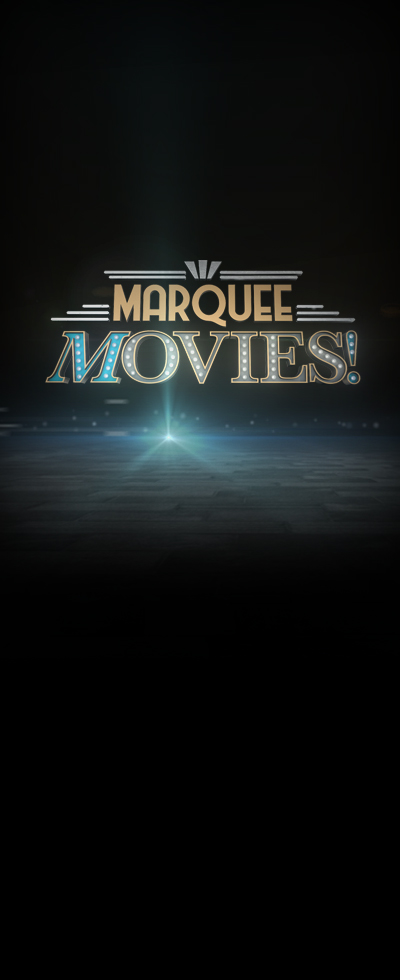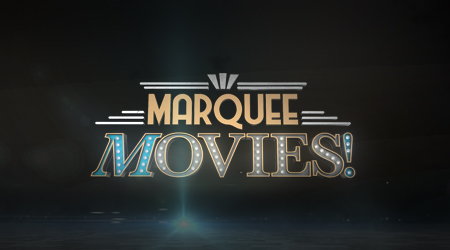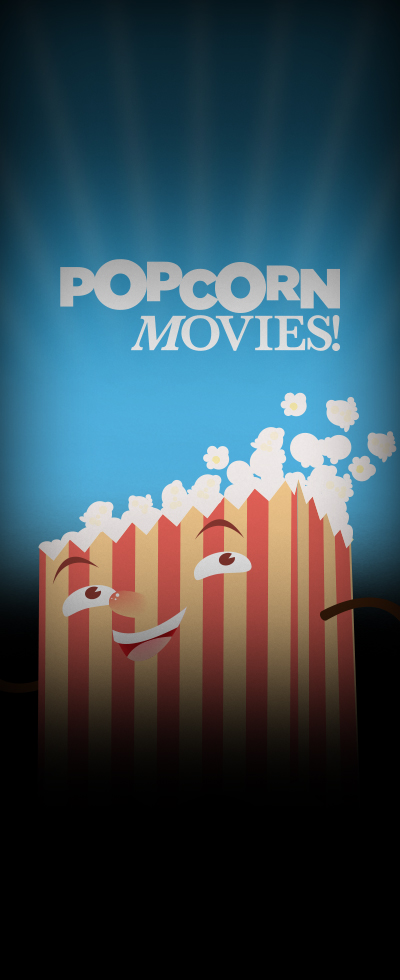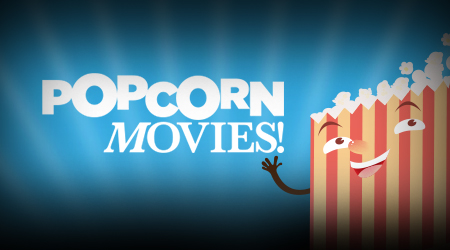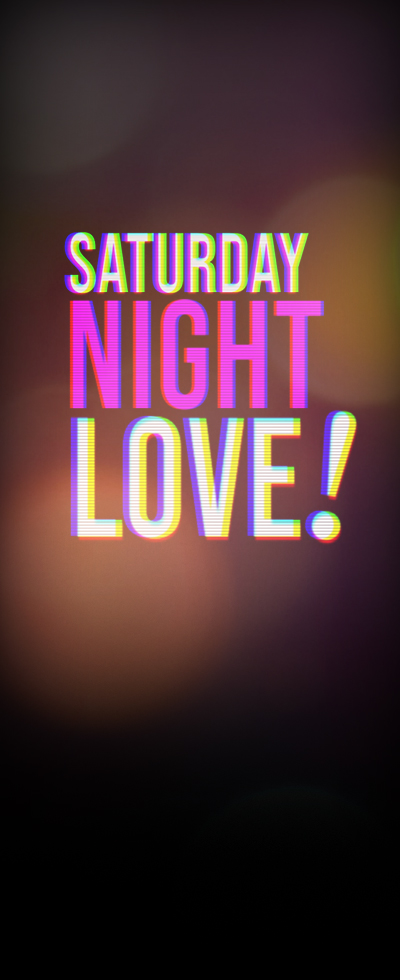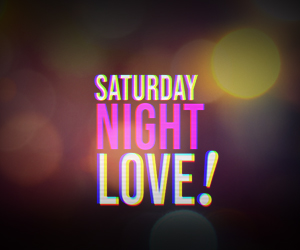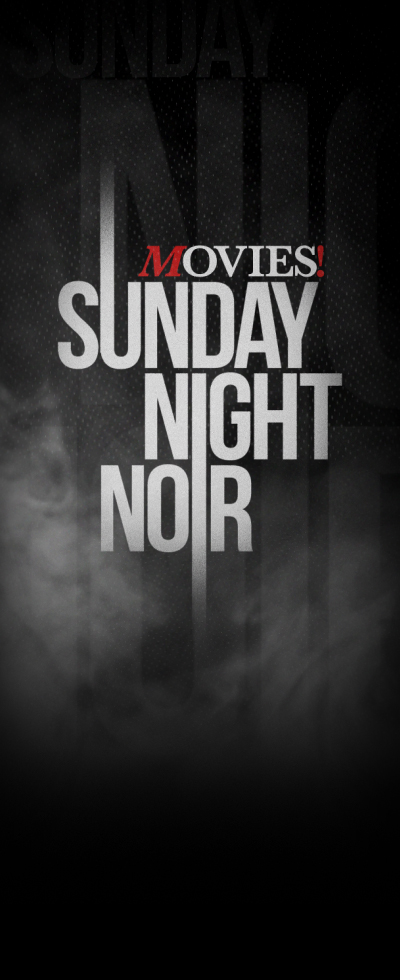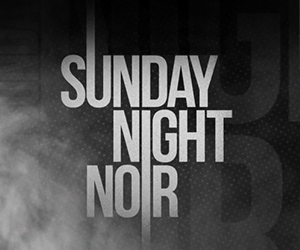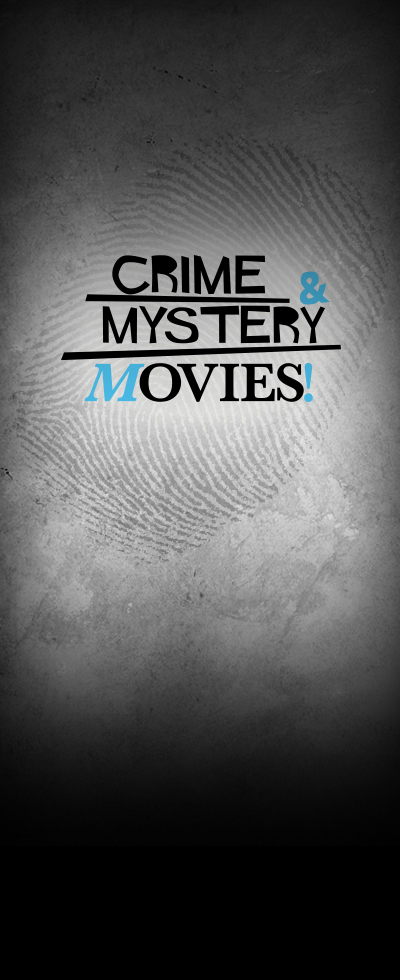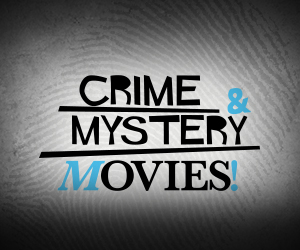For showtimes, click here.
The Left-Handed Gun actually began as a television episode of The Philco Television Playhouse called “The Death of Billy the Kid,” written by Gore Vidal and starring Paul Newman. The pair began adapting it for a feature film but hit a snag with the script.
Warner Brothers wanted a happy ending for the notorious criminal – something Newman thought would damage the story. Director Arthur Penn had a bigger issue with the script’s style altogether and hired another writer to take a crack at it.
The film marked Penn’s feature length directorial debut. Newman said of Penn, “I knew he was good… it was evident that he’d really make it.”
1. Newman had a hard time with a horse.

“The horse and I have been a continuing disaster,” he recalled of the experience. Newman had never ridden before, and he certainly didn’t take to it easily. “I can still see the horse looking up at me and wondering what the hell was going on.”
2. The title got it wrong.

Billy the Kid was a real outlaw, and it was believed that he was left-handed based on a tintype (which seemed to suggest such). Therefore, this film, along with other works, championed the bad guy as a lefty. However, the tintype was actually reversed, and Billy was right-handed all along. Opps! Penn later said, “We believe that, spiritually and psychologically, he was left-handed. He saw everything ‘through a glass darkly,’ and we are using the glass symbolically throughout the film.”
3. A film trick caused a ruckus.
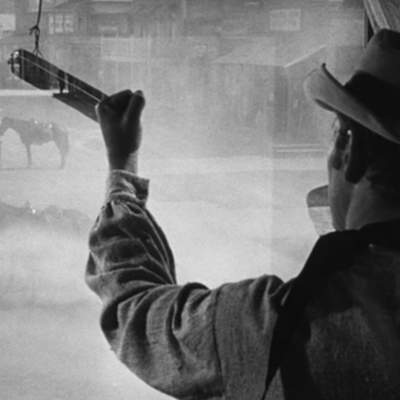
Arthur Penn transferred the skills that he had mastered in television into the film-making process. For instance, he knew exactly how to set up shots and what lens to use – something which irked the cameraman, who then didn’t have much to do. Penn also decided to use a flash-forward, something which was extremely rare at the time. In fact, it was so unheard of that it caused a stir. “They thought it was insane,” Penn said. “There was great chagrin at Warner Brothers. Nobody liked this idea at all.” The stylistic moment, however, was economical and worked perfectly for the scene. So it stayed.


